RIRS MINI MICRO PCNL

RIRS MINI MICRO PCNL
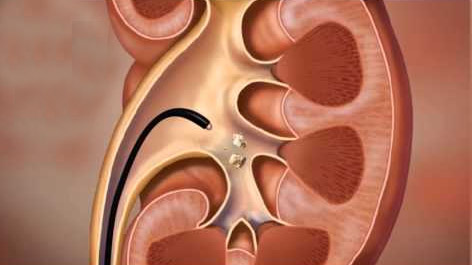

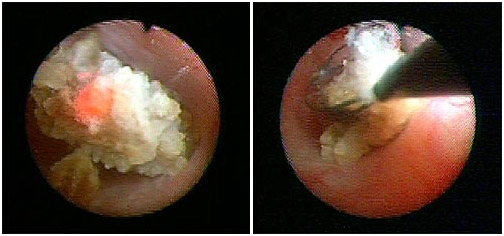

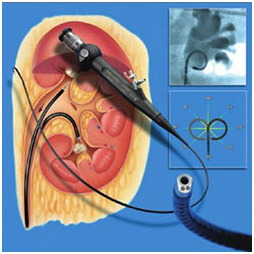
PCNL
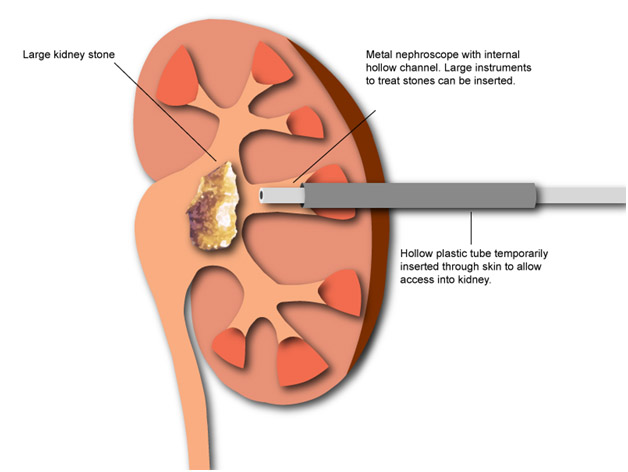
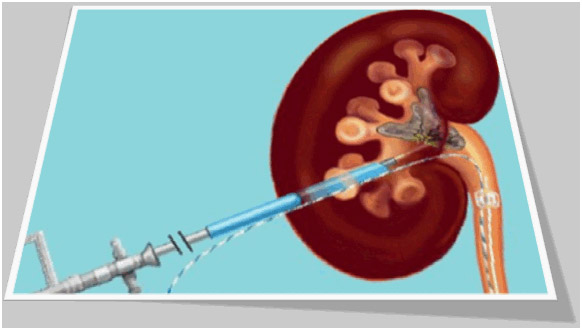
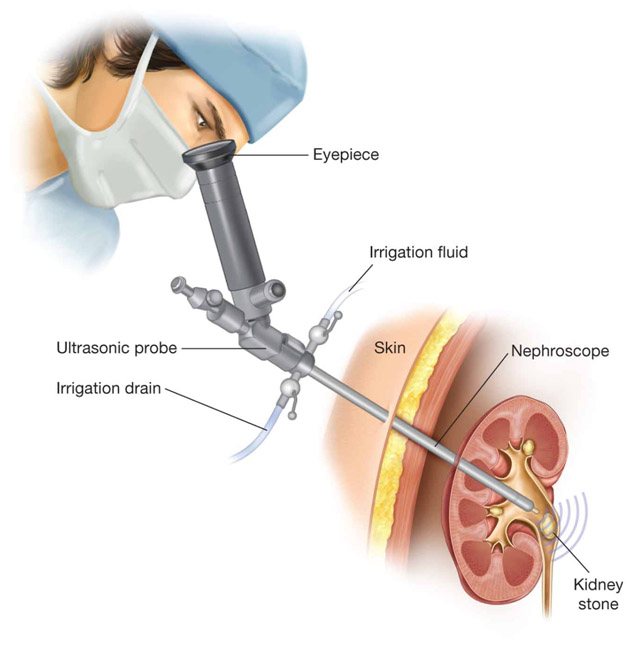
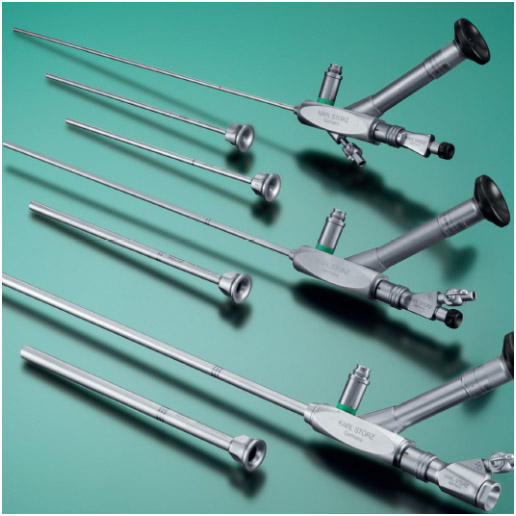
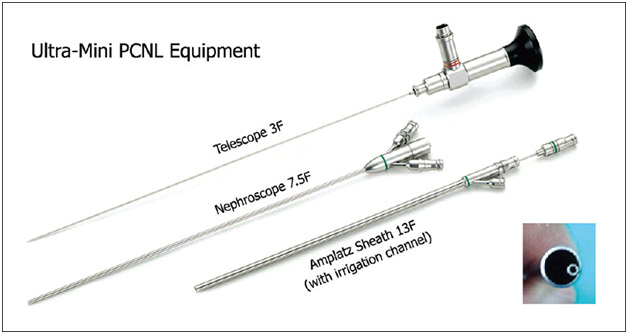
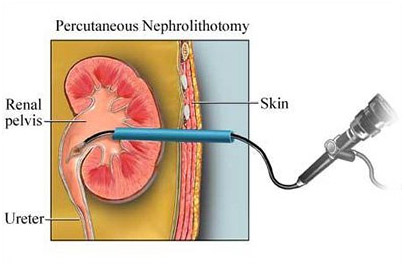
RIRS MINI MICRO PCNL
Retrograde Intra renal surgery for renal stone
This is a Latest era for the removal of kidney stone (size 8mm to 15mm). When lithotripsy fails to give results in kidney stone RIRS (Retrograde Intra Renal surgical treatment) is the fine technique to deal with kidney Stone. In this era very thin flexible ureteroscope is handed from urethra via bladder and ureter into the kidney. Tip is deflected up to 270 degree so all of the calyces of the kidney are visualized. Stone is positioned in the calyx and with assist of the holmium laser fibre stone is disintegrated into dust. Finally after total clearance of stone , D. J. stent is placed to enhance the stone clearance.
What are the primary benefits of this approach?
- Allows stone treatment without the need for any incision by using the urethra as the entry point
- Has a completely excessive degree of success in treating stones
- Can be executed as day surgery
- More invasive as compared with shock wave lithotripsy
- General anesthetic required
- Small hazard of harm to ureter (0.5%)
What are the primary disadvantages?
- More invasive as compared with shock wave lithotripsy - General anaesthetic required - Small hazard of harm to ureter (0.5%)
Frequently Asked Questions (FAQs)
What are the benefits of RIRS in comparison to other stone treatments?
Provided that the kidney stones are the suitable size and location, an advantage of flexible ureteroscopy is that it permits access into all components of the kidney. As lengthy because the ureter is massive sufficient to permit the ureteroscope to pass, there is a superb threat that the stone may be damaged and eliminated with one surgery.
Compared to SWL, a kidney or ureteral stone may be visible under direct imaginative and prescient via way of means of the RIRS, permitting lithotripsy with lasers observed via way of means of basketing and removal. With shock wave lithotripsy, patients are requested to pass stone fragments themselves, inflicting ability additionally pain or obstruction. Additionally, shock wave lithotripsy won't split very dense, difficult stones (termed SWL resistant stones). RIRS with a contact holmium laser can split any stone, so long as the stone itself is available to the ureteroscope. Additionally, RIRS permits the treatment of stones are invisible on simple x-ray (acid stones).
Compared to percutaneous procedures, the ureteroscope in RIRS is passed via natural body orifices and contain no pores and skin incisions. It is an outpatient procedure, in which PCNL requires at least an overnight hospital stay. Certain patient groups who can't be handled with ESWL or PCNL (along with sufferers on blood thinners, ladies who're pregnant, the morbidly obese, and airline pilots/astronauts) may be handled competently and efficiently by ureteroscopy.
Who isn't a good candidate for RIRS?
Patients with large stones: Because RIRS calls for energetic elimination of all or maximum stone fragments, the treatment of very large stones (>2 cm) may also yield such a lot of fragments that entire elimination turns into impractical or impossible. Patients with a history of urinary tract reconstruction: The anatomy of sufferers who've gone through ureteral or bladder reconstruction won't permit for passage of a ureteroscope. Patients who're illiberal of stents: As stents are normally almost routinely following ureteroscopy, sufferers with a history of stent intolerance can be comfortable with different stone approaches.
What are the fulfilment quotes of RIRS?
Depending on stone size, location, and number, success rates vary everywhere from 50% - 90%. Ask your surgeon to talk about fulfilment quotes tailor-made in your specific stone disease.
PCNL
What is it?
Percutaneous Nephrolithotomy (PCNL) is the preferred technique for treating large kidney stones (over 2cm in diameter) placed with inside the kidney. It entails keyhole surgical procedure this is completed through a 1cm incision with inside the skin.
What are the advantages?
Allows for massive or complex stones to be treated in a minimally invasive fashion, which with inside the beyond this will have necessitated a massive incision, and longer hospital stay. Hospital live is now 2-4 days, and the out of medical institution healing time is substantially shorter than the conventional open surgical approaches. Quicker go back to work. Compared to standard strategies in dealing with large complicated stones, there aren't any disadvantages. Improvements in strategies and gadget have allowed this kind of surgical treatment to be done more safely among subspecialty skilled surgeons.
What are the disadvantages?
What are the risks?
This form of surgical procedure is low chance if done with the aid of using a urologist who's particularly educated on this technique, and aided by meticulous pre-operative planning. The specific risks are unusual however encompass infection, excessive bleeding (necessitating blood transfusion 5%, angio-embolisation 1%, or open renal exploration 0.5%), and adjoining organ injury (spleen, liver, bowel, lung, and diaphragm).
Frequently Asked Questions (FAQs)
What is the benefit of PCNL compared to other stone treatments?
The primary benefit of PCNL over other treatments including ESWL or ureteroscopy is that it affords a minimally invasive method to treating and disposing of large stone burden in a single setting as compared to the want for more than one surgical procedure with the alternative cures mentioned.
Are there disadvantages?
Whereas ESWL and ureteroscopy may be executed under intravenous sedation, PCNL requires general anaesthesia. Some sufferers might not be capable of tolerate a general anaesthesia because of their clinical condition(s). As in comparison to other stone treatments, PCNL is barely extra invasive sporting with it a barely higher risk. However, for more patients with large stone burdens, a couple of stones or stones immune to different kinds of treatment, the advantages of PCNL outweigh the risks.
Which sufferers are correct applicants for PCNL?
PCNL is an extremely good alternative for sufferers with large kidney or ureteral stones (generally > 2 cm), more than one large stones, or stones proof against earlier remedy with ESWL or ureteroscopy.
Which sufferers aren't true applicants for PCNL?
Patients who've intense coronary heart or lung situations or have an uncorrectable bleeding propensity aren't true applicants for PCNL. Patients with an lively urinary contamination are at a better chance of sepsis in the course of surgical treatment and consequently ought to be handled with antibiotics to remedy the urinary contamination previous to PCNL.
Can multiple stones be handled simultaneously with PCNL?
Multiple stones may be handled with PCNL. This is one of the benefits of this technique as a bendy telescope may be surpassed via the pores and skin and immediately into the kidney to strive identity and elimination of a couple of stones in a single setting. However, at instances it could be tough to visualise all regions of the gathering gadget no matter using bendy telescopes and consequently a few stones won't be retrievable. This can also additionally require placement of a 2nd needle tract to get right of entry to the closing stones or a 2nd PCNL system at a later date. Alternatively, PCNL may be used to dispose of the bulk of the stone burden with ureteroscopy and ESWL left to easy up the closing stone fragments.
Retrograde Intra renal surgical operation for renal stone
This is a Latest generation for the elimination of kidney stone (length 8mm to 15mm). When lithotripsy fails to present bring about kidney stone RIRS (Retrograde Intra Renal surgical operation) is the great approach to deal with kidney Stone. In this generation very skinny bendy ureteroscope is surpassed from urethra via bladder and ureter into the kidney. Tip is deflected up to 270 diploma so all of the calyces of the kidney are visualized. Stone is positioned within the calyx and with assist of the holmium laser fibre stone is disintegrated into dust. Finally after general clearance of stone , D. J. stent is placed to decorate the stone clearance.
What are the main benefits of this approach?
Allows stone remedy with out the want for any incision through the use of the urethra because the access point Has a completely excessive diploma of achievement in treating stones Can be finished as day surgery More invasive as compared with shock wave lithotripsy General anaesthetic required Small hazard of harm to ureter (0.5%)
What are the main disadvantages?
More invasive as compared with shock wave lithotripsy General anaesthetic required Small hazard of harm to ureter (0.5%)
Mini PCNL , Micro PCNL and Ultra Micro PCNL
Mini Percutaneous Nephrolithotomy (Mini-PCNL)
The mini percutaneous nephrolithotomy is a brand new shape of the system that follows the PCNL, besides in its use of a smaller or miniaturized model of a nephroscope and Advanced Holmium Lasers . This method to kidney stone remedies has been discovered to be almost 100% fictive while disposing of stones among 0.four and 1 inch in diameter
Benefits of MINI PCNL over Traditional PCNL Procedures
Low-risk procedure. Small Puncture - Minimum blood loss. Reduce operative time. Minimum dilation of the tissue. Minimum Trauma. Lower running time. 99% fictive in getting rid of stones of 1 to 2.5 cm in size. MINI PCNL utilized in Large Stone elimination also. Fast Recovery. Minimum hospitalization.
Procedure of MINI PCNL
A unique miniaturized Nephroscope used for Mini-PCNL. The surgical operation takes location beneath neath trendy anaesthesia. After comparison medium imaging of the kidney tract at the effected side, the kidney is punctured at once thru the pores and skin with inside the vicinity of the flank. The puncture is managed through fluoroscopy and ultrasound. A small hole tube is positioned at once thru a sufferers returned into the kidney through which gadgets can then be used to fragment and extract the stone(s). Using a unique laser, the kidney stones are then damaged up and washed out. At the end of surgical operation, a catheter is positioned with inside the kidney to steady the outward urine flow. This catheter can usually be eliminated with none ache some days after surgical operation.
